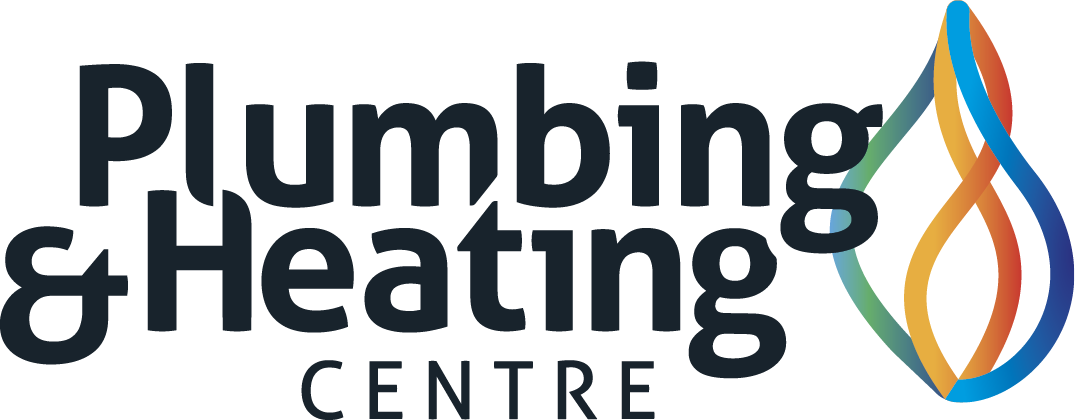The importance of regular chimney cleaning:
As the winter season approaches, ensuring your woodfire is safe and efficient is crucial. One key aspect of this is regular chimney cleaning. At Plumbing & Heating Centre, we provide quality, expert advice to help you understand why chimney maintenance is essential and how we approach it.
How often should I clean my chimney?
We recommend cleaning your chimney annually, primarily for insurance purposes. This annual maintenance helps clear away creosote build-up and bird nests before you start using your woodfire again. Regular cleaning not only ensures your chimney's efficiency but also significantly reduces the risk of chimney fires.
Why is it best to clean the chimney from the top and not from the bottom?
Cleaning a chimney from the top down offers several advantages:
- It ensures that all creosote, especially the hardened build-up at the top, is effectively removed. When cleaning your chimney from the bottom, you cannot visually see if the top of your chimney has been fully cleaned out.
- Allows us to make a more thorough inspection, ensuring the chimney is safe to use.
- By cleaning the chimney from the top, there is less mess inside your home as debris can be contained inside the chimney and firebox (so long as the door is closed!).
We avoid cleaning from the bottom up because it doesn't allow us to see and remove creosote build-up or bird nests effectively. Without checking these crucial areas, we can't guarantee the fire's safety.
Limitations to cleaning your chimney from the top
The only downside of cleaning your chimney from the top means that chimney sweeps become a weather dependent service. It is not safe for our team to get onto the roof when it is wet and slippery, that's why we recommend getting the chimney swept during the early autumn season.
What is creosote?
Creosote is a by-product of incomplete combustion. When unburned fuel particles and gases condense as the smoke cools, they stick to the chimney walls, forming a tar-like substance. This substance is highly flammable and can lead to dangerous chimney fires if not regularly removed.
Why does creosote usually build up at the top of the chimney?
The upper section of the chimney is often cooler than the lower sections. This temperature difference causes combustion by-products to condense and solidify on the cooler surfaces, leading to creosote build-up.
By understanding these aspects of chimney maintenance, you can ensure your woodfire operates safely and efficiently throughout the winter. At Plumbing & Heating Centre, we're here to help with all your chimney cleaning needs. Contact us today to schedule your annual chimney cleaning and keep your home safe and warm.















